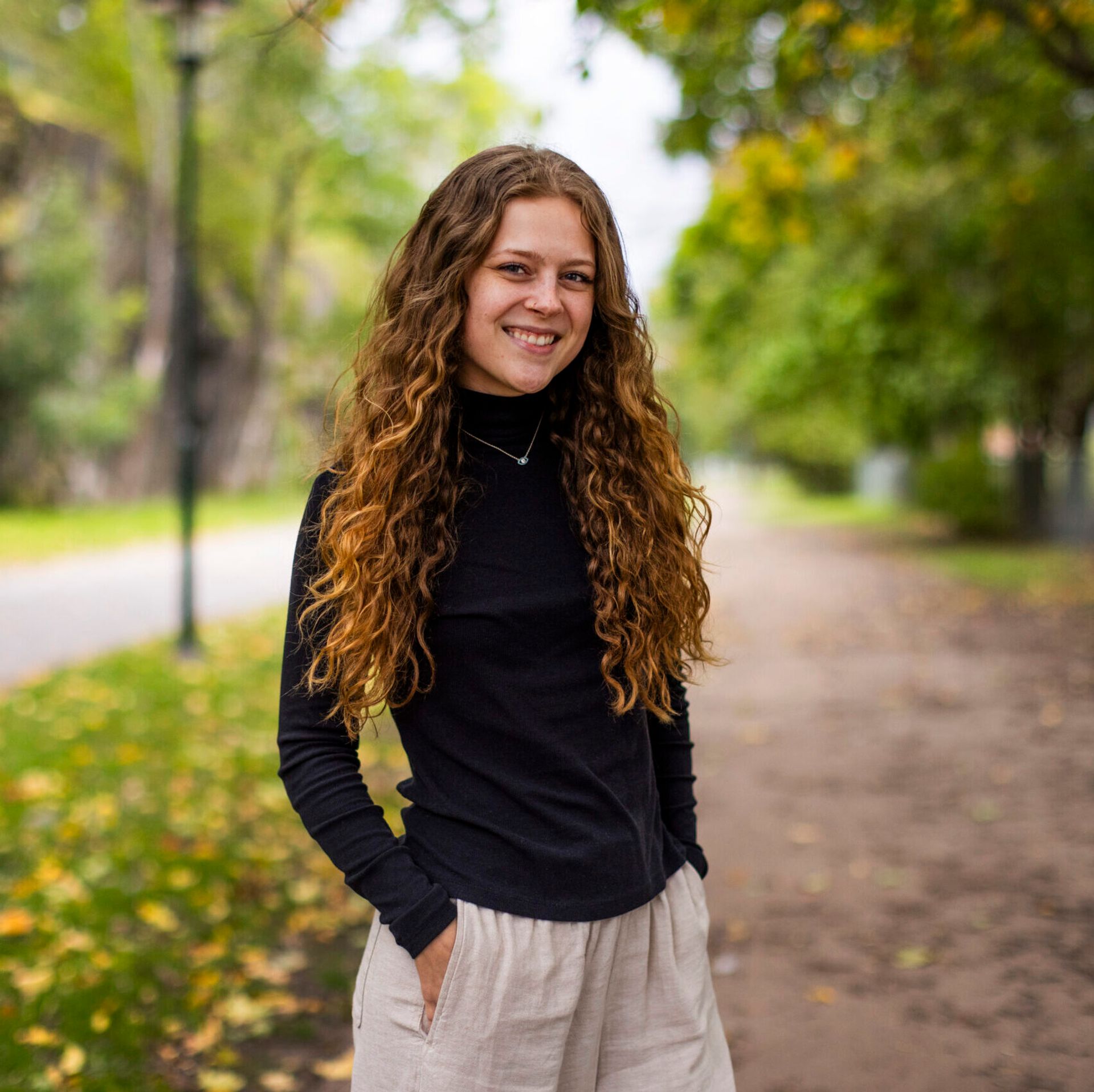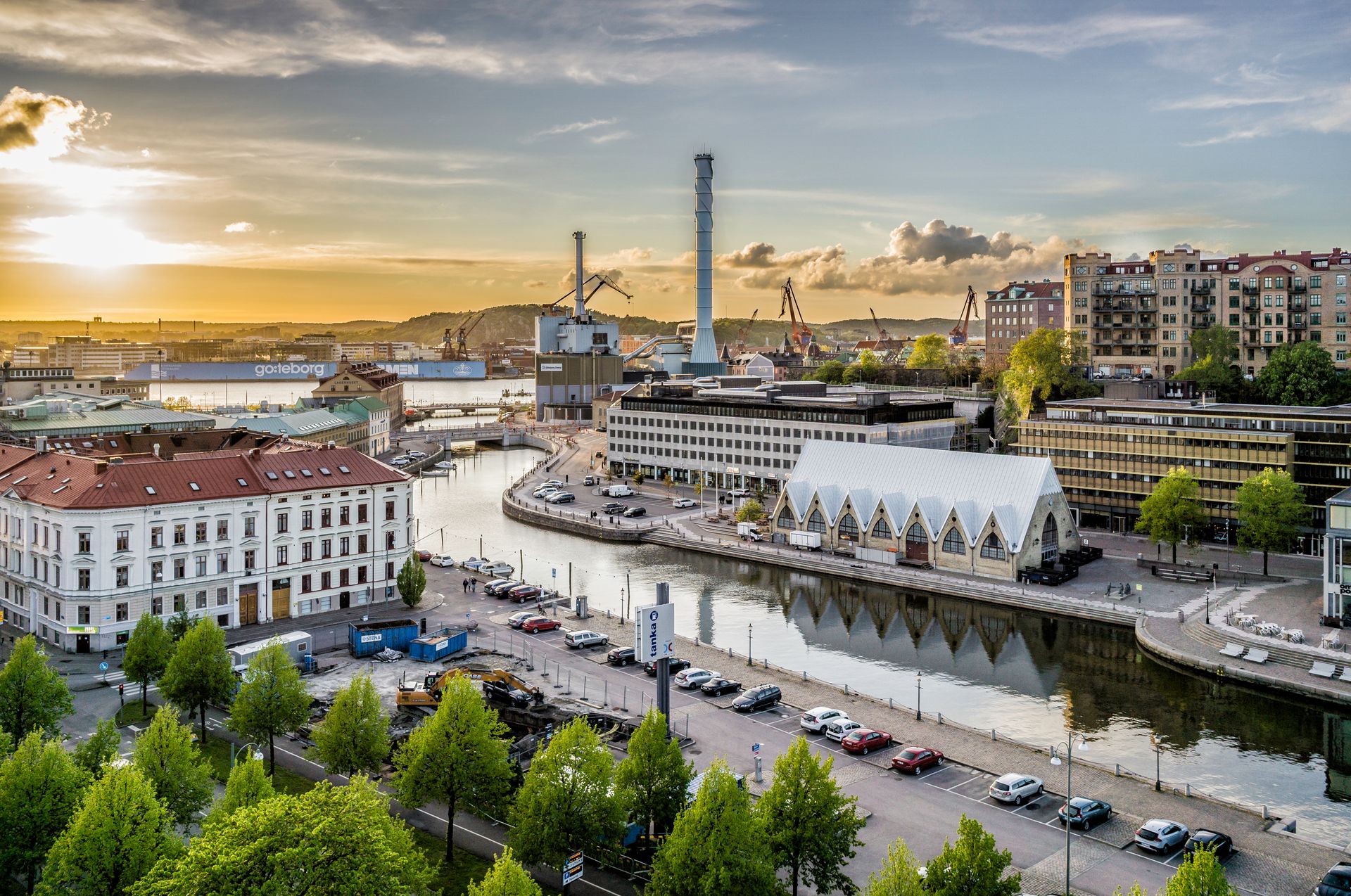
Written by Annamaria
26 May 2025
Moving to a new city, especially one in a different country, can feel overwhelming at first. But Gothenburg is a city that grows on you quickly. It’s walkable, green, full of interesting people, and shaped by its student life. But settling in takes more than just finding your lecture halls. This guide is here to give you the real-life, need-to-know tips to help you get started, settle in, and enjoy your time here in Gothenburg.
Getting around the city
Public transport
You can buy tickets and manage your travel card using the Västtrafik To Go app, which covers the whole Västra Götaland region. Gothenburg is in Zone A, but the app works for the entire area. Your ticket covers trams, buses, and boats, so you can travel freely within the city. A monthly student travel card costs around 645 SEK and is a huge money-saver if you commute regularly. To learn more, visit my guide to public transport in Sweden.
Biking in Gothenburg
An alternative to public transport is biking. There are plenty of reasons why you need a bicycle in Sweden. Gothenburg is super bike-friendly with dedicated lanes. Consider getting a bike, it’s a great way to explore the area! You can buy second-hand bikes on Facebook Marketplace, but be cautious about scams and inspect bikes carefully before buying. For flexible use, there are bike and scooter rental services like Wolt Bike and others, where you subscribe monthly and can pick up bikes or scooters anywhere in the city when needed.
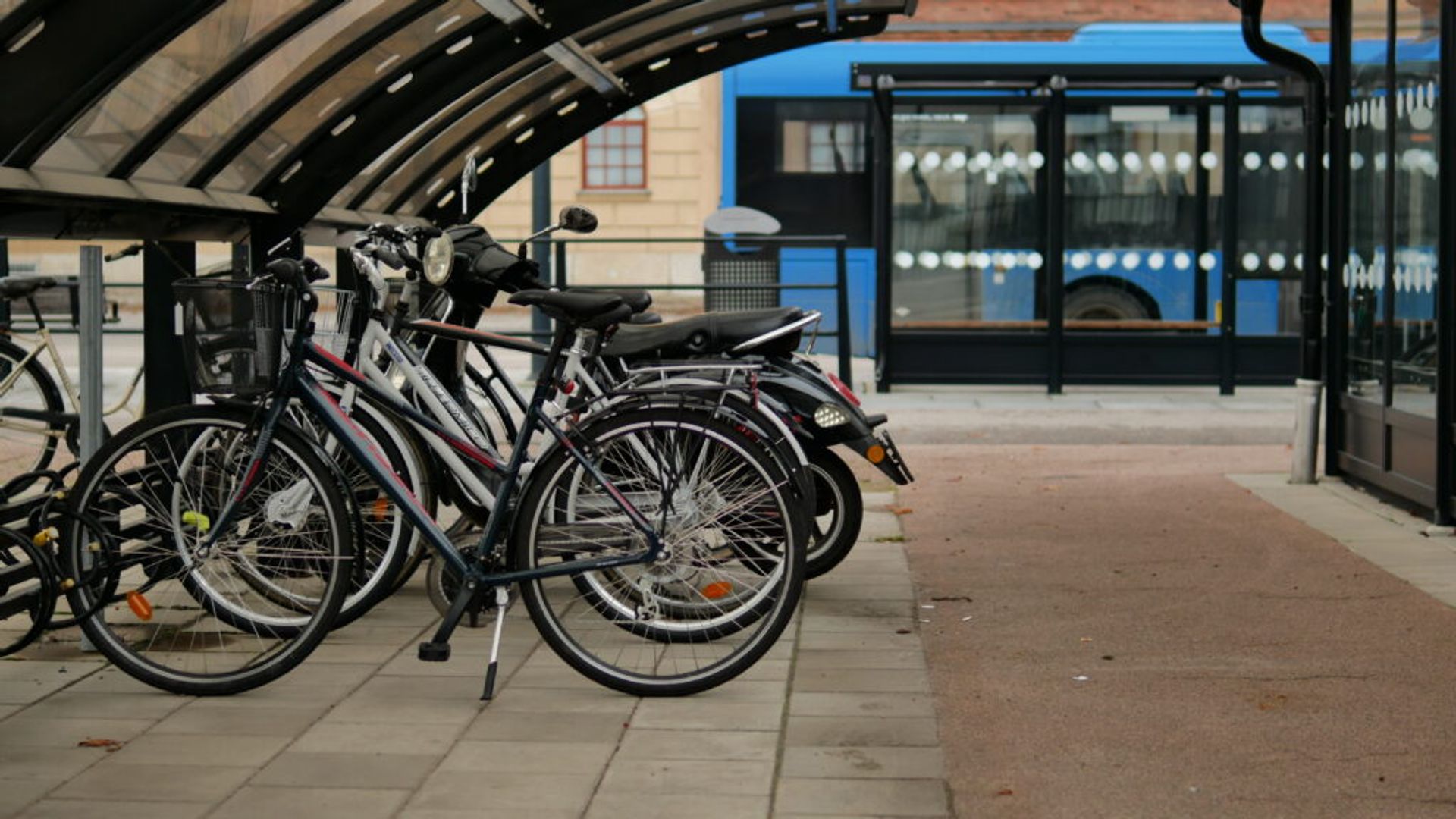
Housing in Gothenburg
SGS Studentbostäder and Chalmers Studentbostäder are the main student housing providers. If you want a corridor room or a student apartment, join the queue early!
If you are an EU/EEA student, housing is competitive, and it can take about 4 months in the queue to get a room. For students from outside the EU/EEA, there is a housing guarantee if you apply through your university, meaning you are guaranteed a room or apartment, but you must apply early.
If you’re moving with a partner or family, you can apply for a larger student apartment, but it requires a longer queuing time. You can also find apartments via Facebook groups or through Blocket, but watch out for scams and never pay before verifying the listing.
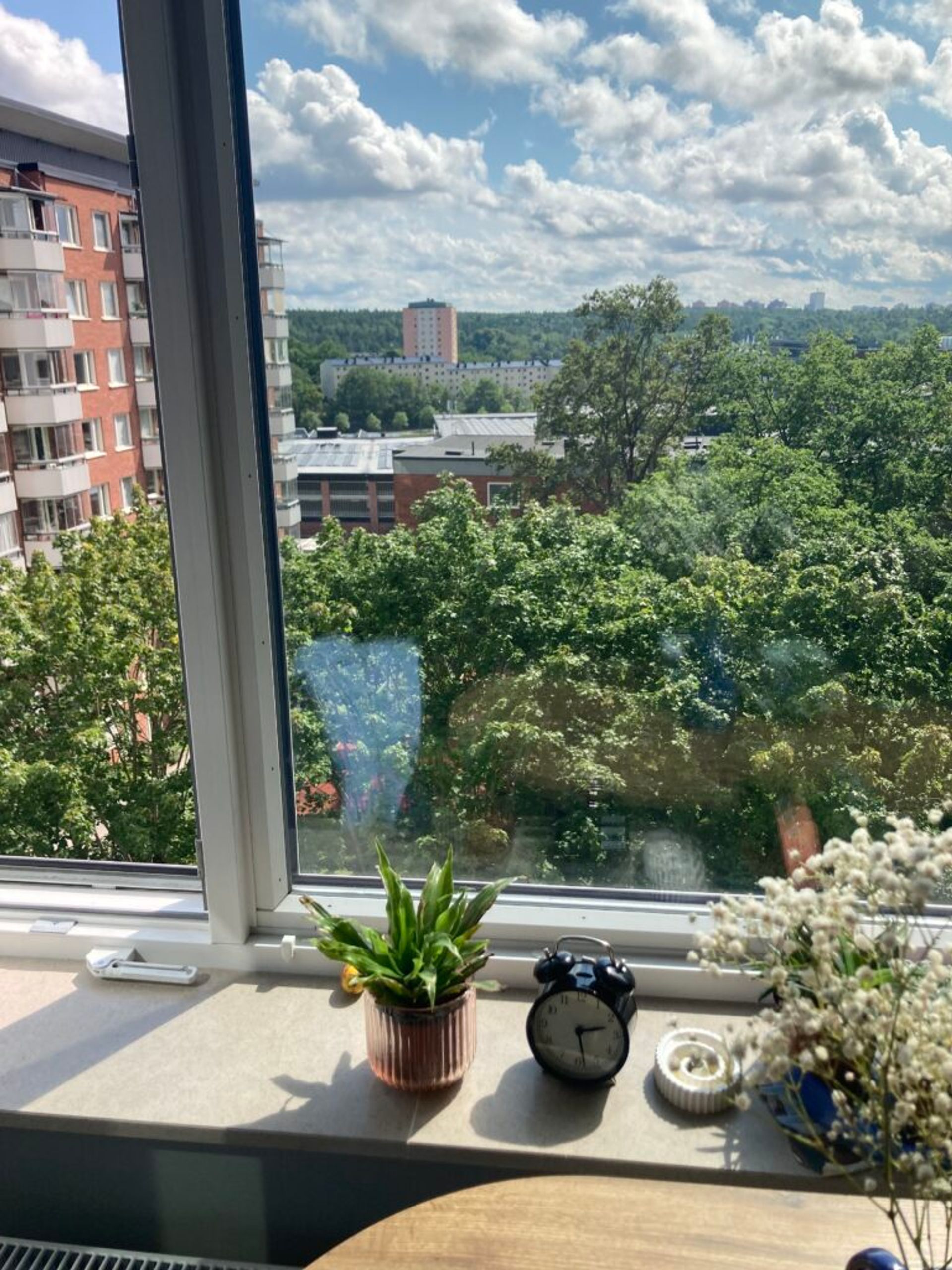
Personal number and bank account
Personal identity number (personnummer): If you’ll stay longer than a year, register with Skatteverket to get a personal identity number. This number is essential, you need it to access healthcare, open bank accounts, get student discounts, and much more. So once you have your address, register it with the Swedish Tax Agency (Skatteverket). Obtaining a personal number depends on this registration.
Coordination number: If you stay less than a year, you may get a coordination number instead, which has more limited access to services but still provides some benefits, especially if you will be working in Sweden while studying.
Bank Account: Opening a Swedish bank account can be tricky (read my story), but it’s important for managing rent, salary, and payments. Most banks use BankID, a secure digital identification method, which you’ll need to apply for Swish (mobile payments). Swish is widely used in Sweden and is very convenient for everyday transactions. You’ll also find BankID useful for many other things, so if you plan to stay in Sweden for several years, a bank account is a good idea.
Weather and what to pack
Gothenburg’s weather can be quite rainy, especially in winter, with temperatures usually between -5°C and 5°C from November to March. Summers are mild and pleasant, around 15°C to 22°C, making it the best time to enjoy the outdoors.
Recommended clothing for winter:
- Waterproof jacket
- Warm layers (sweaters, thermals)
- Waterproof shoes
- Hat, gloves, and scarf
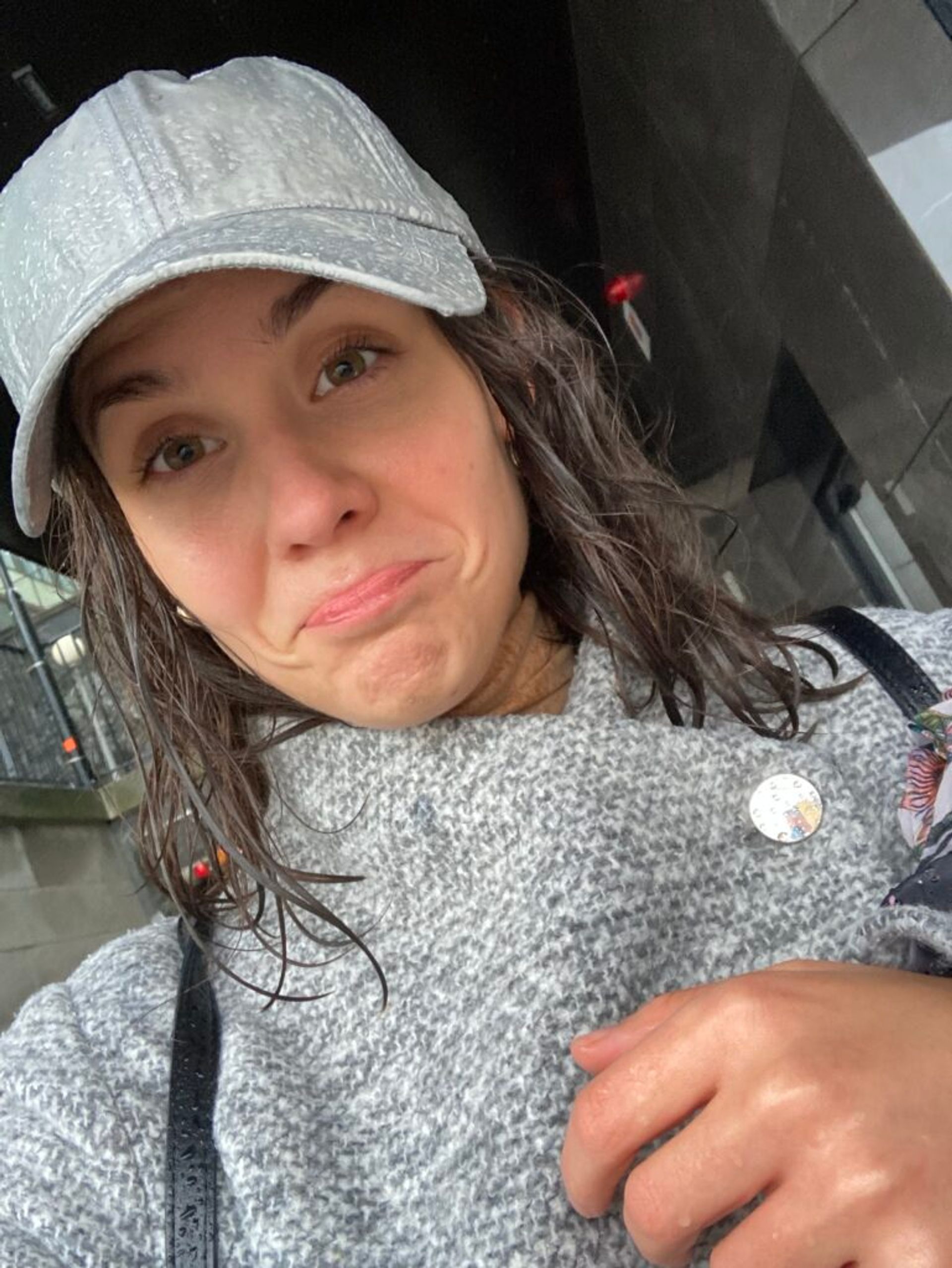
For summer:
- Light jacket for cooler evenings
- Comfortable walking shoes
- Sunglasses and sunscreen
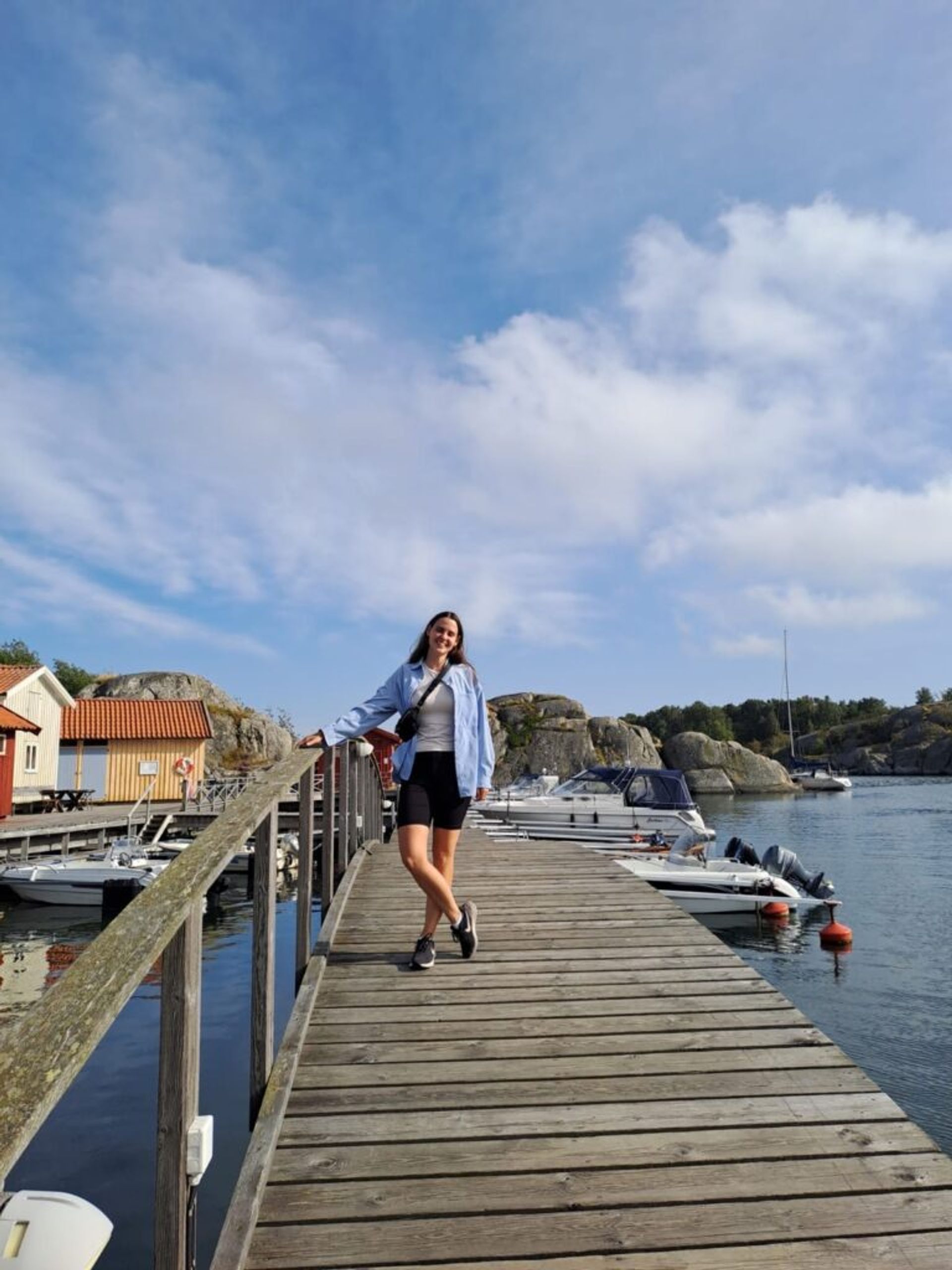
Groceries and shopping
Grocery stores in Gothenburg
For groceries, the most affordable stores are Lidl and Willys, while ICA and Coop are more widespread but a bit pricier. The prices will also depend on the size of the store, the smaller the store, the pricier it usually is. If you become a member of the store, you sometimes get a discount.
Also, Too Good To Go is a popular app for buying discounted surplus food from cafes and stores, perfect for saving money and reducing waste.
Shopping
The biggest shopping center is Nordstan, located in the city center. It’s actually connected to the central station. This shopping center is great for clothes, electronics, and everyday needs. But it often gets really crowded in the afternoons.
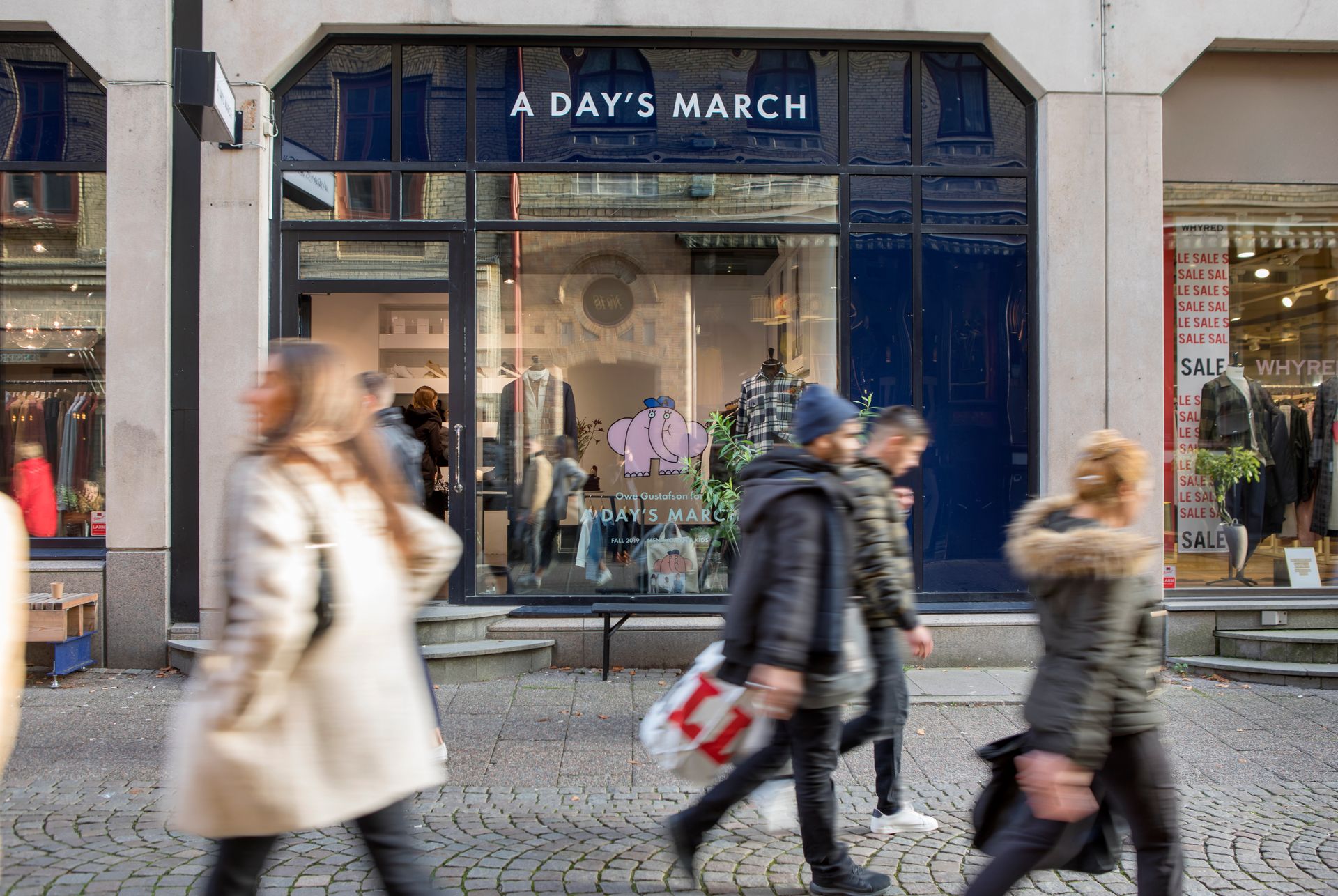
Tip: Don’t forget to use Mecenat for student discounts in many shops and restaurants around the city.
Places to explore in Gothenburg
University campuses
University of Gothenburg:
Humanisten – Located near Korsvägen, adjacent to Näckrosdammen Pond and just a short walk from Götaplatsen. This modern facility houses the Faculty of Humanities and features spacious study areas and the impressive indoor amphitheatre known as ‘Trappan’.
Pedagogen – Situated beside Grönsakstorget in central Gothenburg. It hosts the Faculty of Education and includes several buildings: House A on Västra Hamngatan 25, and Houses B and C on Läroverksgatan.
Vasaparken – Located in the Vasastaden district, this campus houses the university’s main building and is surrounded by Vasaparken park.
Handelshögskolan (School of Business, Economics and Law) – Situated at Vasagatan, close to Haga, this campus is home to students in business, economics, and law programs.
Medicinaregatan / Sahlgrenska – Located near Linnéplatsen, this area includes faculties for medicine, public health, and natural sciences.
Chalmers University of Technology:
Johanneberg Campus – The main campus, located just south of Götaplatsen, hosts most engineering, architecture, and technology programs.
Lindholmen Campus – Situated on Hisingen island, this campus is known for IT, media, and innovation programs. It’s easily accessible by ferry (included in your public transport ticket) or bus.
Nature and other places
Haga – A cozy, old district with cobbled streets, second-hand shops, and giant cinnamon buns.
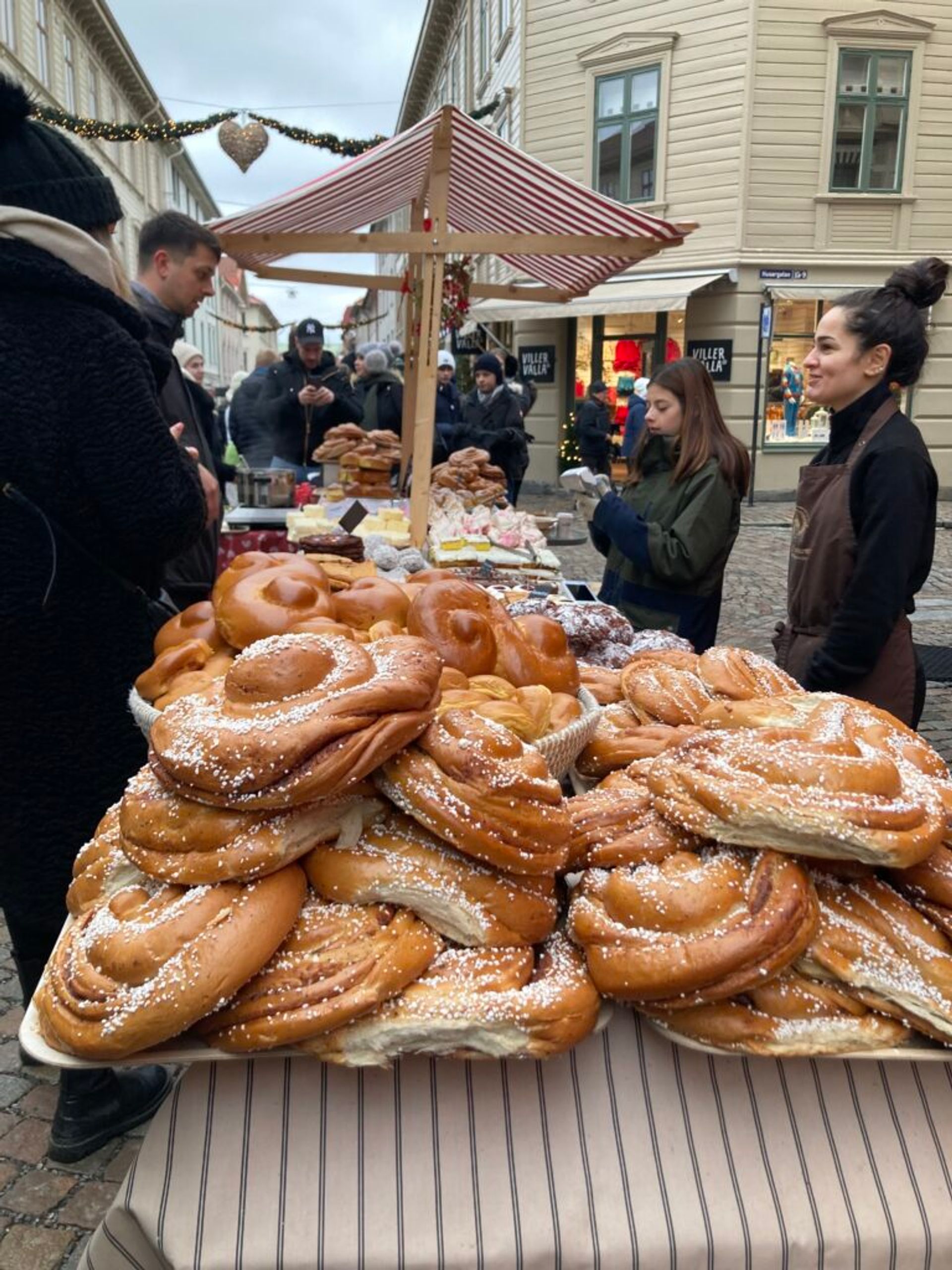
Slottsskogen – The largest park in Gothenburg, with walking trails, picnic areas, and a free zoo.
Trädgårdsföreningen – A botanical garden in the city center with greenhouses and plenty of quiet corners for studying.
The Archipelago – Just a tram and boat ride away, with islands like Styrsö and Vrångö perfect for day trips. Your Västtrafik ticket covers ferries to the southern archipelago!

Delsjön – Just a short tram ride from the city center, this is one of the most popular lakes for swimming, hiking, and kayaking. You can rent boats or just walk around the trails.
Härlanda Tjärn – Right next to Delsjön, often quieter, great for swimming and sunbathing.

As you can see, there is a lot to explore. So get involved, explore the parks and lakes, don’t stress if things take a while (like setting up your bank account), and ask for help when you need it. Swedes may be a little reserved at first, but they’re kind and happy to help.
Good luck!





